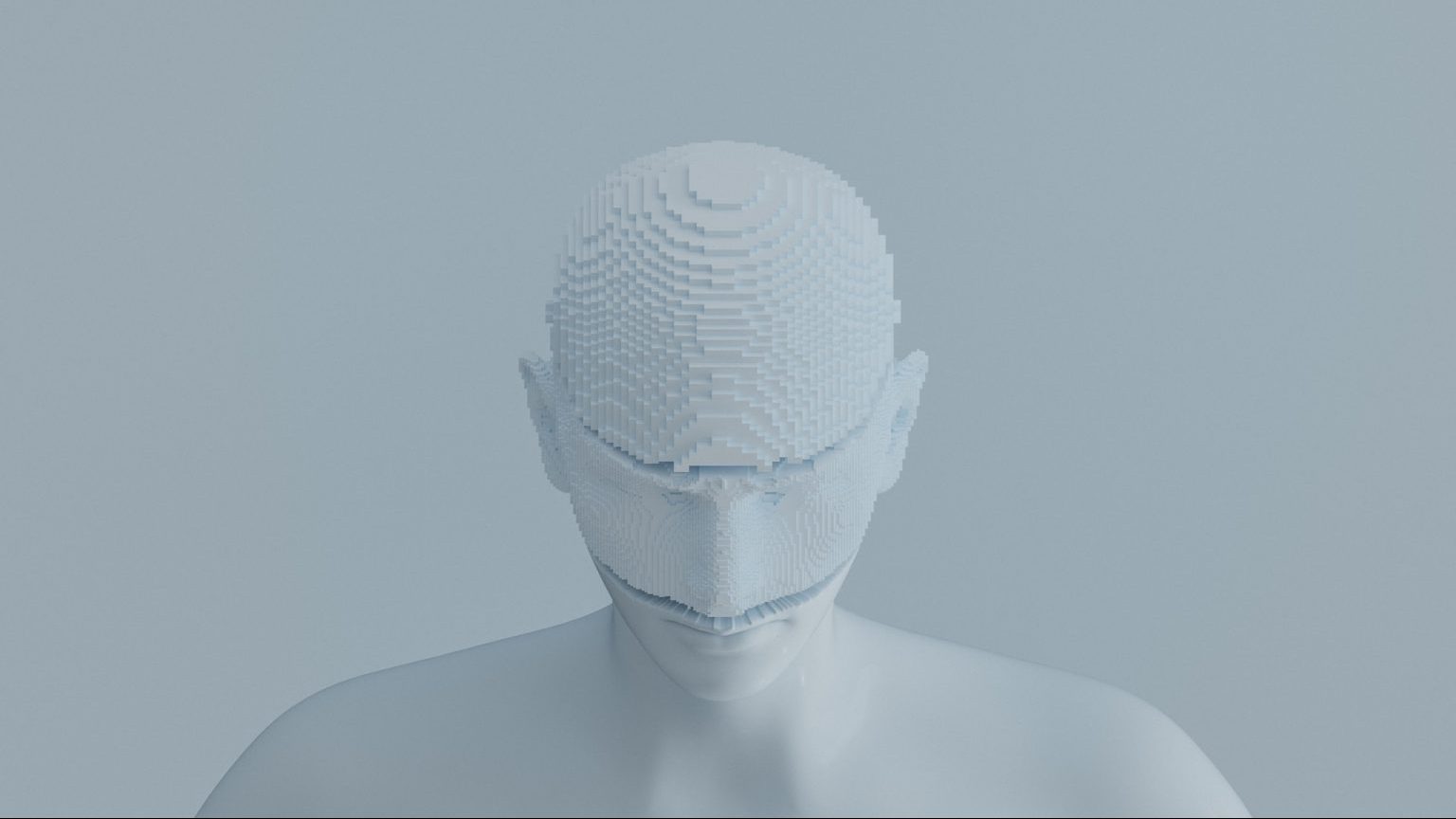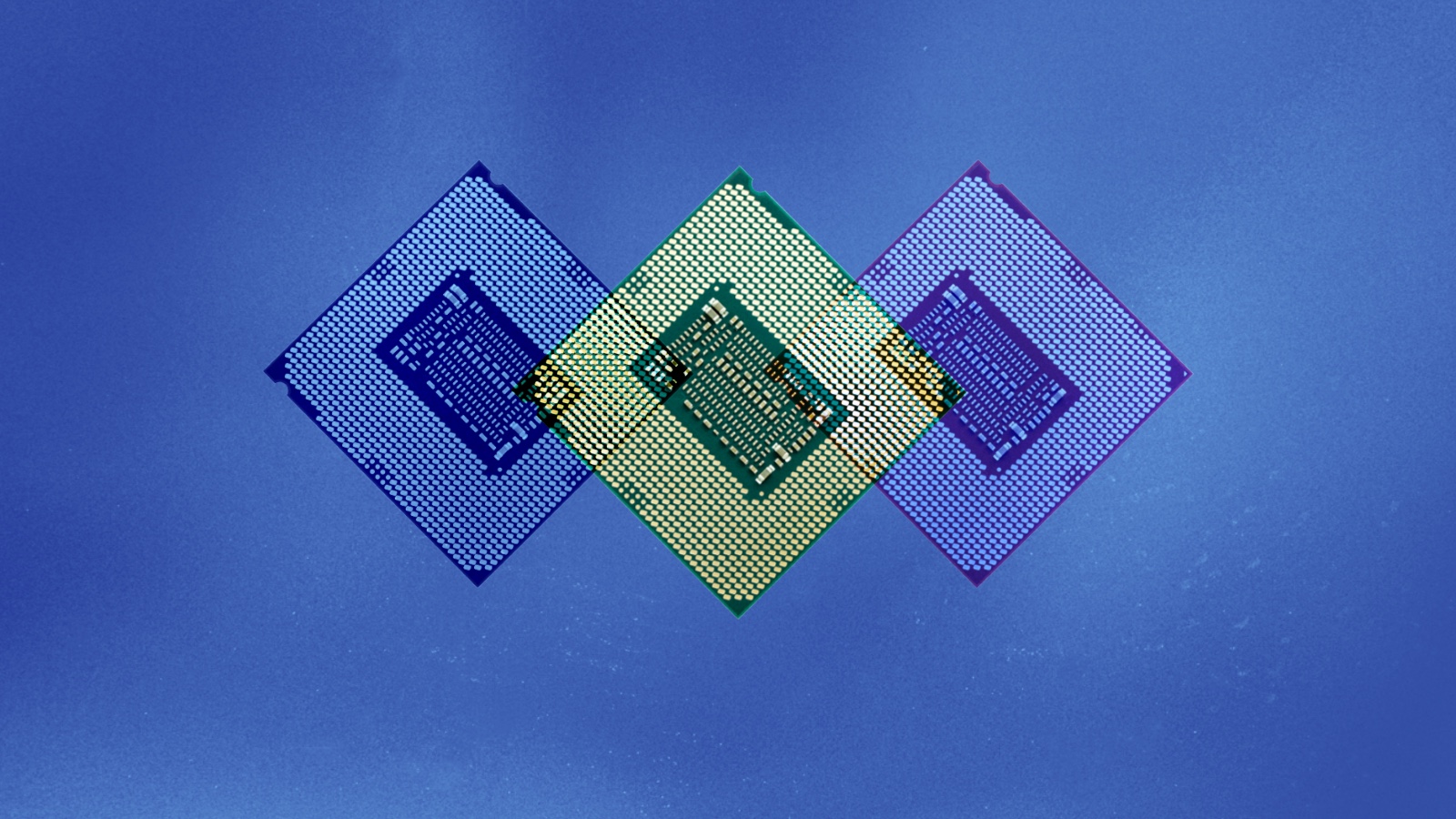Silicon Chip Mimics Human Synapse

What’s the Latest Development?
By creating a silicon chip that behaves like a synapse, researchers at M.I.T. have removed a significant barrier toward building computers systems that replicate human brain processes. “The chip mimics how the brain’s neurons adapt in response to new information. This phenomenon, known as plasticity, is believed to underlie many brain functions, including learning and memory.” The technology could be used to create more complex systems like the brain’s visual cortex.
What’s the Big Idea?
While digital computer chips operate in a binary on/off mode, the new chips created at M.I.T. are analog, allowing them to mimic the activity of different ion channels in the brain. The technology could benefit biological interface systems by allowing prosthetic devices like artificial retinas to communicate more effectively with the brain. Chi-Sang Poon, the project’s principle research scientist, says the chips could also become buildings blocks for artificial intelligence devices.
Photo credit: Shutterstock.com





